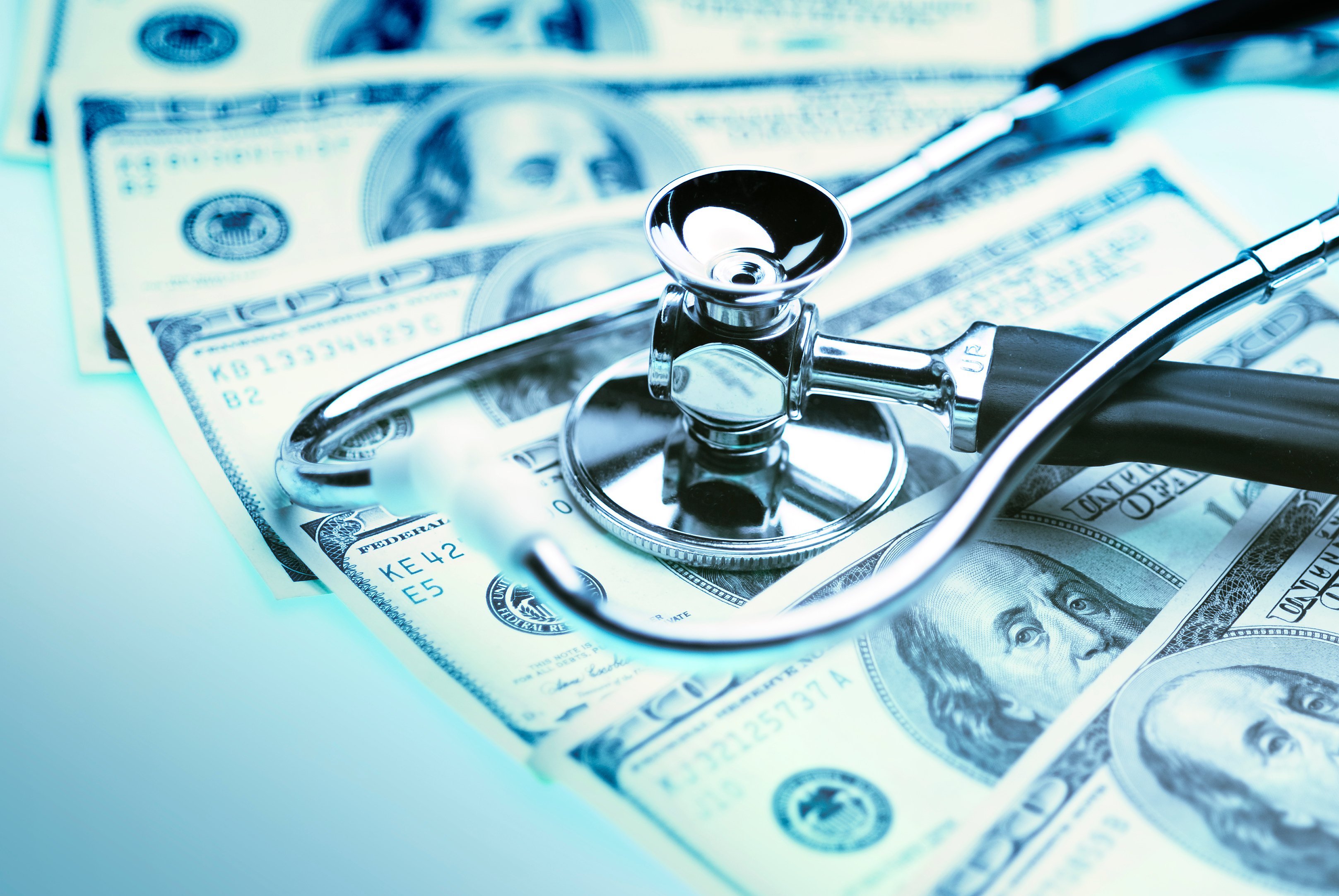Dividend stocks are everywhere, but many just downright stink. In some cases, the business model is in serious jeopardy, or the dividend itself isn't sustainable. In others, the dividend is so low it's not even worth the paper your check is printed on. A solid dividend strikes the right balance of growth, value, and sustainability.
Today, we're going to look at one dividend-paying company that you can put in your portfolio for the long term without too much concern. This isn't to say that these stocks don't share the same macro risks that other companies have, but they are a step above your common grade of dividend stock. Check out the previous selection.
This week, we'll turn our attention to our nation's largest health-benefits provider and the fastest growing dividend in the Dow Jones Industrial Average over the past decade, UnitedHealth Group (UNH 1.93%).

Source: Rusty Ferguson, Flickr.
The risks
As we do with every company in this series, let's first begin by exploring what potential risks will stand in the way of UnitedHealth Group achieving greatness. Remember, just because it's the nation's largest health-benefits provider doesn't mean it won't face many of the same challenges as its peers.
First and foremost, the greatest challenge looming for UnitedHealth is an expected long-term decline in Medicare reimbursements. When the Affordable Care Act, known affably as Obamacare, was signed into the law in 2010, the idea was to have more people paying into the system which should ultimately spread around costs and hopefully reduce insurers' reliance on government-sponsored funds. For a company like UnitedHealth and its peers, it means that it'll need to bring in a solid mix of healthy single-payers to balance what could be a long-term downtrend in Medicare reimbursements.
Another big concern for UnitedHealth is a growing level of competition. Prior to the enactment of Obamacare it was nearly impossible for consumers to make apples-to-apples comparisons of health insurance plans without calling each company individually, or visiting them online and getting a quote. The online health exchanges changed this, allowing for easy head-to-head comparisons. For a behemoth like UnitedHealth this is potentially bad news as it allows smaller insurers who've never participated in the individual marketplace to enter with relative ease.

Source: William Brawley, Flickr.
Finally, there's simply the general concern that UnitedHealth may not draw in enough new enrollees or the right mix of members (healthy versus sick) to make its individual insurance segment profitable. Although the ACA set up a reinsurance fund to safeguard insurers against extensive losses (medical loss ratios in excess of 108%), nothing would protect UnitedHealth if it spends more than it brings in on medical expenses, but less than the 108% medical loss ratio (i.e., a medical loss ratio of 100%-108%). In UnitedHealth's first-quarter, for instance, net income fell 7.8% to $1.1 billion which it blamed squarely on the effects of sequestration and the implementation of the ACA.
The UnitedHealth advantage
The good news for shareholders is that UnitedHealth is doing just about everything right in order to take advantage of the enormous profit potential of the ACA, which I suspect will result in ongoing dividend increases.
Perhaps the most overlooked aspect of UnitedHealth is that it's much more than just individual plans – it's a diversified health-care juggernaut.
In Q1 its Medicare and retirement segment actually provided the biggest source of revenue at $11.5 billion. UnitedHealth is a big player in the Medicare Advantage field, deriving about a quarter of its total revenue from plans aimed at supplementing seniors' Medicare coverage and filling the gaps which aren't traditionally covered by Medicare. With Medicare Advantage reimbursements being among the few government-sponsored plans not to see steep proposed drop-off's from the Centers for Medicare and Medicaid Services it's quite possible that steady growth here from baby boomer retirements will push profits in this segment ever higher.

Source: Dawn McIlvain Stahl, Flickr.
But, there's more! UnitedHealth's health services subsidiary Optum is growing like a weed – but in a good way! Its OptumRx segment saw revenue skyrocket 44% year-over-year in Q1 as prescription volume rose 38%. The best part is that script volume may continue to grow with each passing year because having more people insured may lead to more preventative care doctor visits, which, in turn, may lead to more preventative prescriptions written. Not to mention, its OptumInsight segment software could come in handy for hospitals and clinics that are making the transition to electronic health records and looking for ways to improve efficiency.
Another key point worth noting here is that even though UnitedHealth watched from the sidelines in a number of state marketplaces last year, early indications are that it plans to expand its presence substantially in 2015. Over just the past couple of weeks UnitedHealth has thrown its name into the hat of premium pricing proposals for both Washington and Connecticut. While investors would certainly prefer quality of quantity, seeing UnitedHealth beginning to expand its individual care footprint should be viewed as a positive sign.
Finally, consider that we're merely a year into the ACA's rollout and it was a learning curve for everyone, from smaller regional insurers to nationals like UnitedHealth. There will naturally be hiccups now and then when a less favorable mix of people sign up for health insurance, but over the long haul you could certainly surmise that there will be strength in numbers for UnitedHealth.
Show me the money!
But, let's face it; what's most impressive about UnitedHealth has been its dividend growth since June 2010.
Between 2001 and 2009 UnitedHealth paid out just a paltry $0.03 per share annual dividend. But with the passing of the ACA and the prospective growth that was likely to ensue for insurers a light bulb went off in the heads of management, and UnitedHealth started letting the dividends flow.
Just last week UnitedHealth announced that it was raising its dividend by 34%, the fifth such double-digit increase since June 2010, to $0.375 per share, per quarter! Running the math, that's a 4,900% increase in its quarterly payout in just four years, as you can see below:
Source: Nasdaq.com, remainder of 2014 & 2015 assumes $0.375/quarter payout.
Four years ago today UnitedHealth's previous annual payout would hardly register as a 0.1% yield and certainly wouldn't attract income investors. As of earlier this week, its boosted annual payout of $1.50 would net a projected 1.9% yield, which is definitely enough to get the attention of income-seeking investors.
In addition, UnitedHealth renewed its previous 100 million share repurchase program that still had 63 million shares left and replaced it with a fresh 100 million share buyback program. UnitedHealth's management team appears to be doing everything within its power to make up for not going the extra mile for investors last decade.
It's apparent that the implementation of the ACA and the learning curve on pricing for insurers will remain a work in progress, perhaps even for a few more years. However, the opportunity to enroll millions of new members, as well as benefit from a number of health-care service and software trends over the coming decades, might make UnitedHealth an intriguing candidate to buy and stash away in your portfolio for both price appreciation and its rapidly growing dividend.







